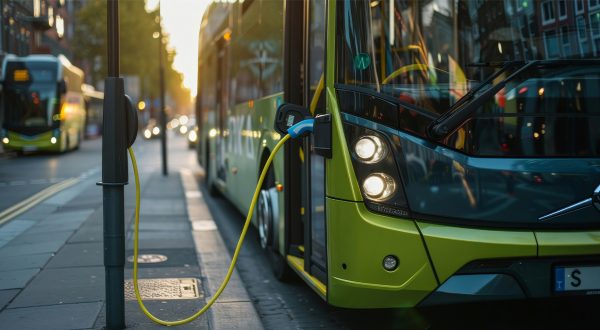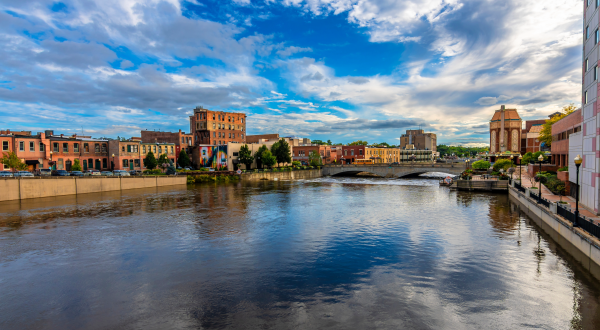Oslo is one of the top sustainable smart cities in the world.
The Norwegian capital designs and implements pilot programmes that forge a greener and more inclusive city using technological innovation.
Awarded the European Green Capital 2019 title by the European Commission, Oslo has equipped itself with the means to realise its environmental ambitions from a very early stage. The Norwegian capital is also the world leader in electric cars, according to independent body OFV, and plans to ban the sale of internal combustion engine cars as of 2025 so as to meet its ambitious environmental targets. These involve halving its greenhouse gas (GHG) emissions by 2020 (compared to 1990 levels) and becoming carbon neutral by 2050.
Mobility is a key concern for a city in which car traffic accounts for 60 % of GHG emissions. Oslo has not skimped on incentives to promote zero-emission cars, removing most taxes, offering free parking and access to charging points and ferries, and authorising the use of bus lanes – the congestion in these “free-flow lanes” being the price of the success of electric cars.
In order to be FutureBuilt-approved, the construction projects must reduce their carbon footprint by 50 %, offer true urban and architectural quality, and be located near a public transport hub
In the 1990s, the city introduced the Oslo Toll Ring. This automated toll system, deployed on the city’s access routes, offers incentive rates for zero-emission vehicles and generates revenues that part-finance the smart city’s mobility programmes: public transportation, cycle and pedestrian infrastructure.
A powerful symbol of the city’s successful efforts to take climate and citizen well-being into account, cars are just one of the aspects of an overarching policy based on cooperation between the public sector and startups, and on implementation through a series of pilot programmes.
50 building and urban development projects
FutureBuilt is one such aspect. This 10-year programme involves setting up 50 building and neighbourhood development projects, by bringing together private and public partners. In order to be FutureBuilt-approved, the construction projects must reduce their carbon footprint by 50 % compared to current standards, offer true urban and architectural quality, and be located near a public transport hub.
Among these projects is the 800-student Bjørnsletta school, a model of passive energy design. Its indoor climate and energy use are fully automated, while the number of car parking spaces has deliberately been kept to a minimum, with priority given to bike parking.
The same approach was adopted by another exemplary building, the Gullhaug Torg which doesn’t offer any parking for cars. Located close to a transport hub, the 16-storey tower includes offices and flats. Its energy consumption, offset by the amount of renewable energy generated, is practically zero, proving that buildings can be heated and cooled without using the electricity grid. Furthermore, care was taken to select recyclable materials and solutions.
A third flagship project in this programme, the New Munch Museum, also meets FutureBuilt criteria. This 12-storey building, which seems to defy the laws of physics, is protected by a ventilated skin of corrugated, perforated aluminium sheets. The scope of the FutureBuilt programme also covers mobility. For example, a competition launched as part of the Oslo Bysykkel bike-sharing programme led to the creation of over 130 bike rental hubs in the city.
Public-private partnerships
One of the keys to the transformation of the Norwegian capital is the link between public authorities and private initiative. Smart Oslo Accelerator is a tool that provides an interface between local councillors and the private sector, particularly startups. The organisation regularly holds a contest, called the Smart Oslo Pitch, which enables entrepreneurs to present innovations that improve residents’ daily lives in all areas.
Such innovations in Oslo include the trenchless installation of water pipes, using techniques that have been tried and tested in the oil industry. The projects are shorter and less disruptive to traffic and local residents.
Citizens, and in this case those most vulnerable, are the focus of the “Alma’s House” experiment. Emblematic of the transformation vision pursued by the city of Oslo, this demonstration flat incorporates assistive technology and is geared towards patients living with dementia and their families. Not only does it address the municipality’s concern that no one should get left behind in the smart city, but it also meets the need to find innovative solutions at a time of rising healthcare costs linked to an ageing population.
13/06/2019
Learn more:
https://www.digitaltrends.com/



